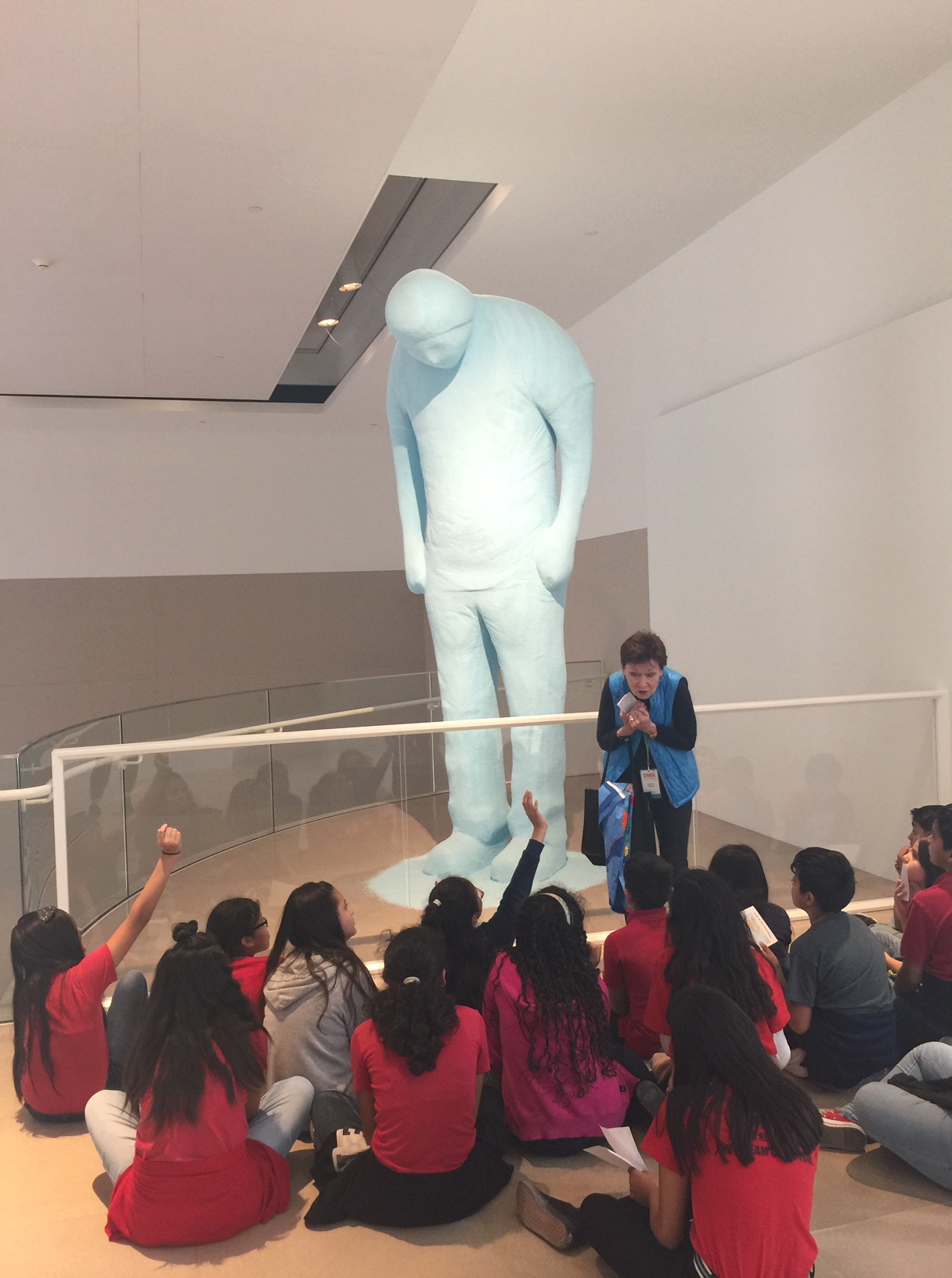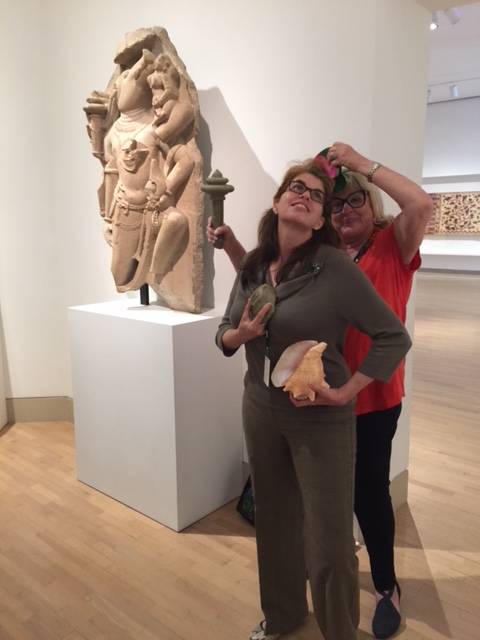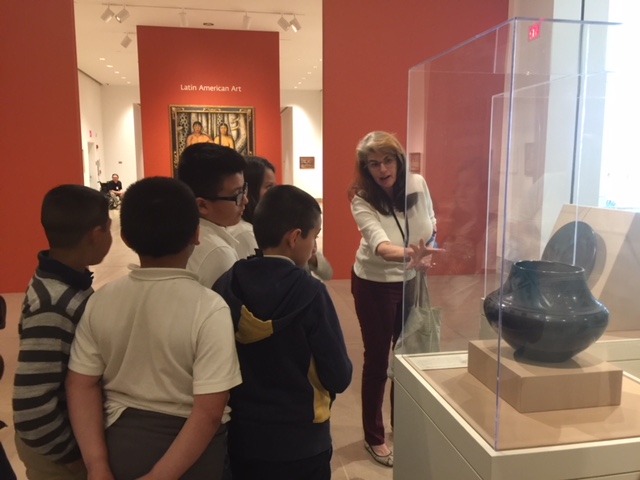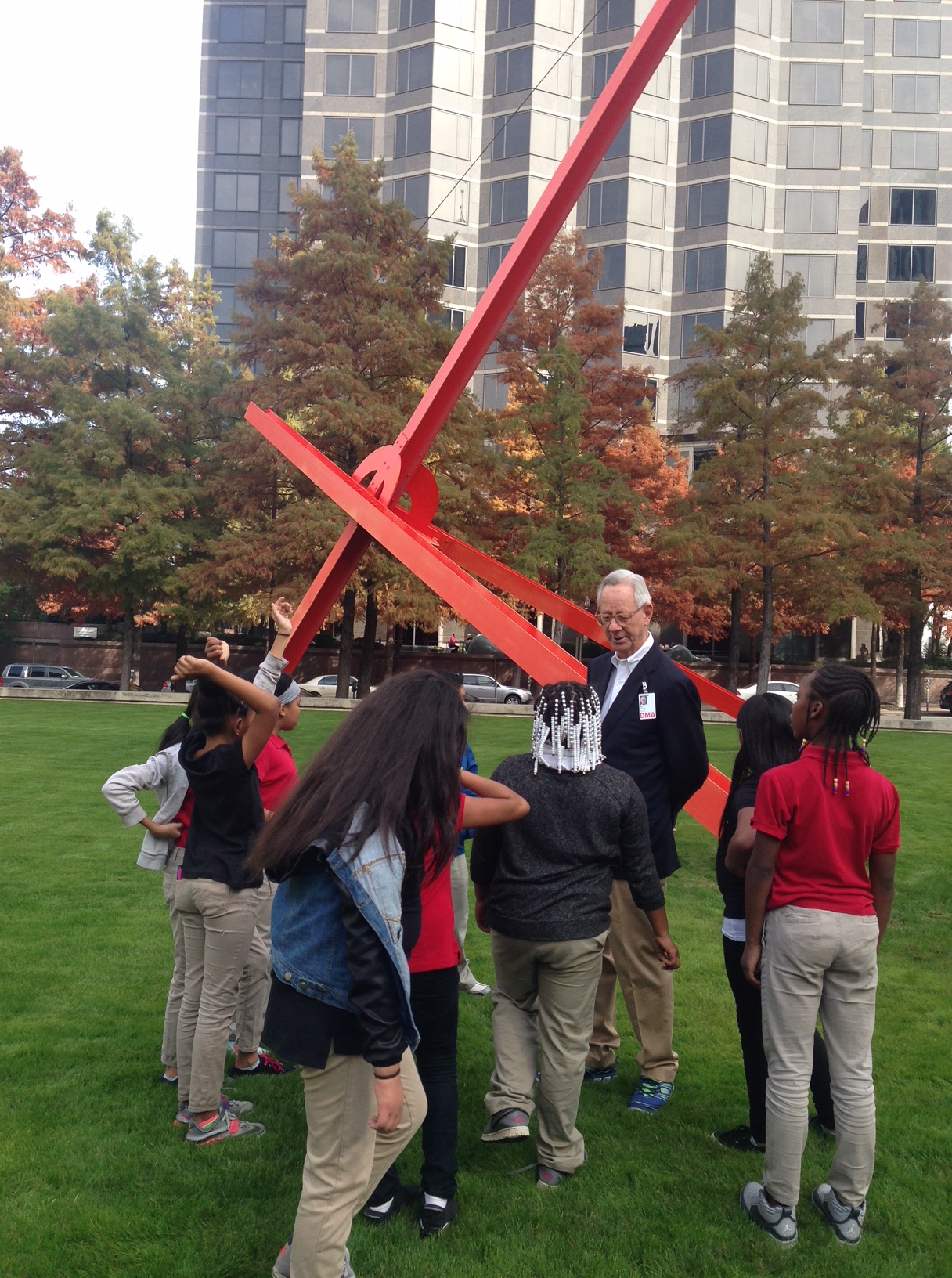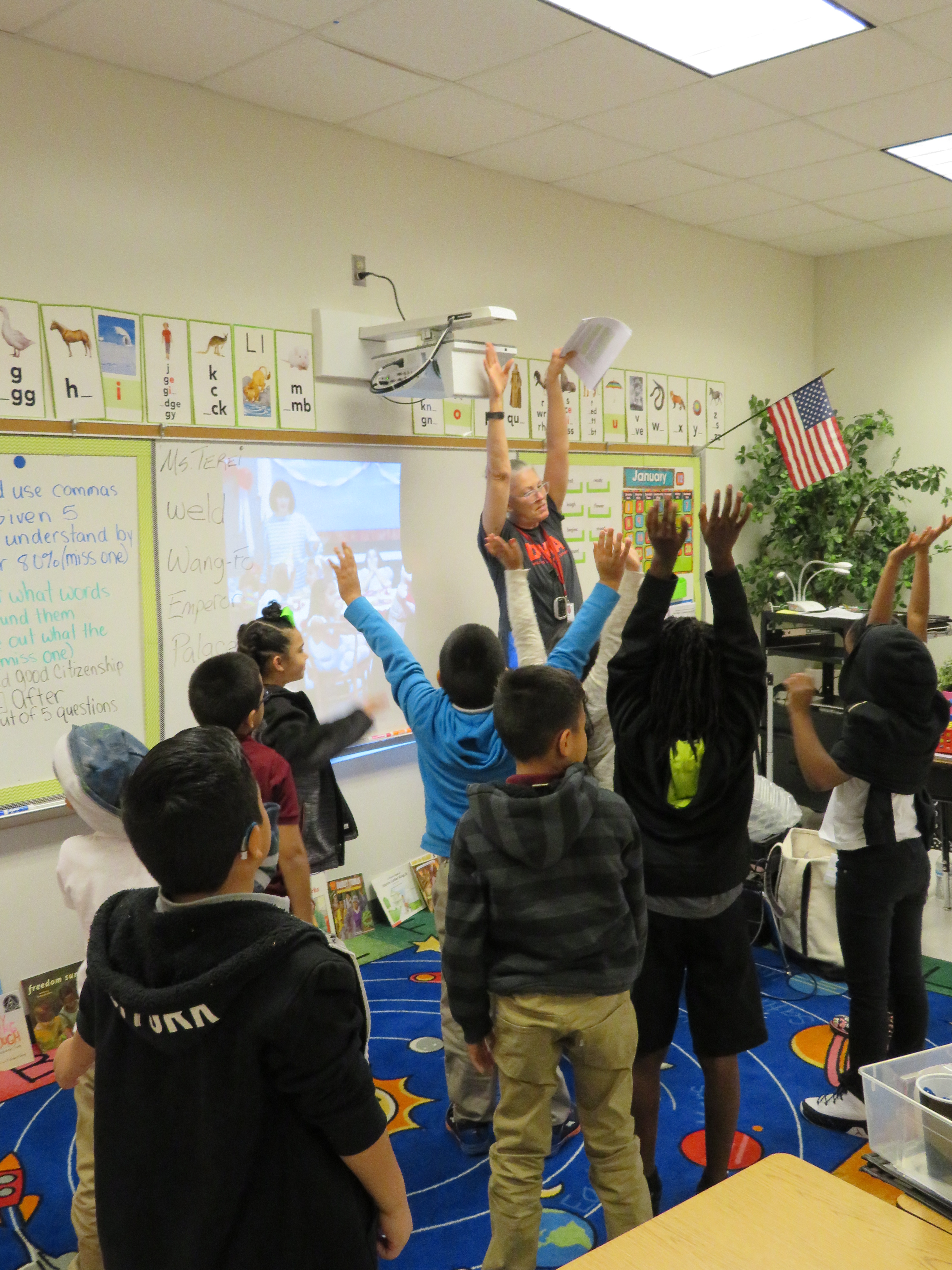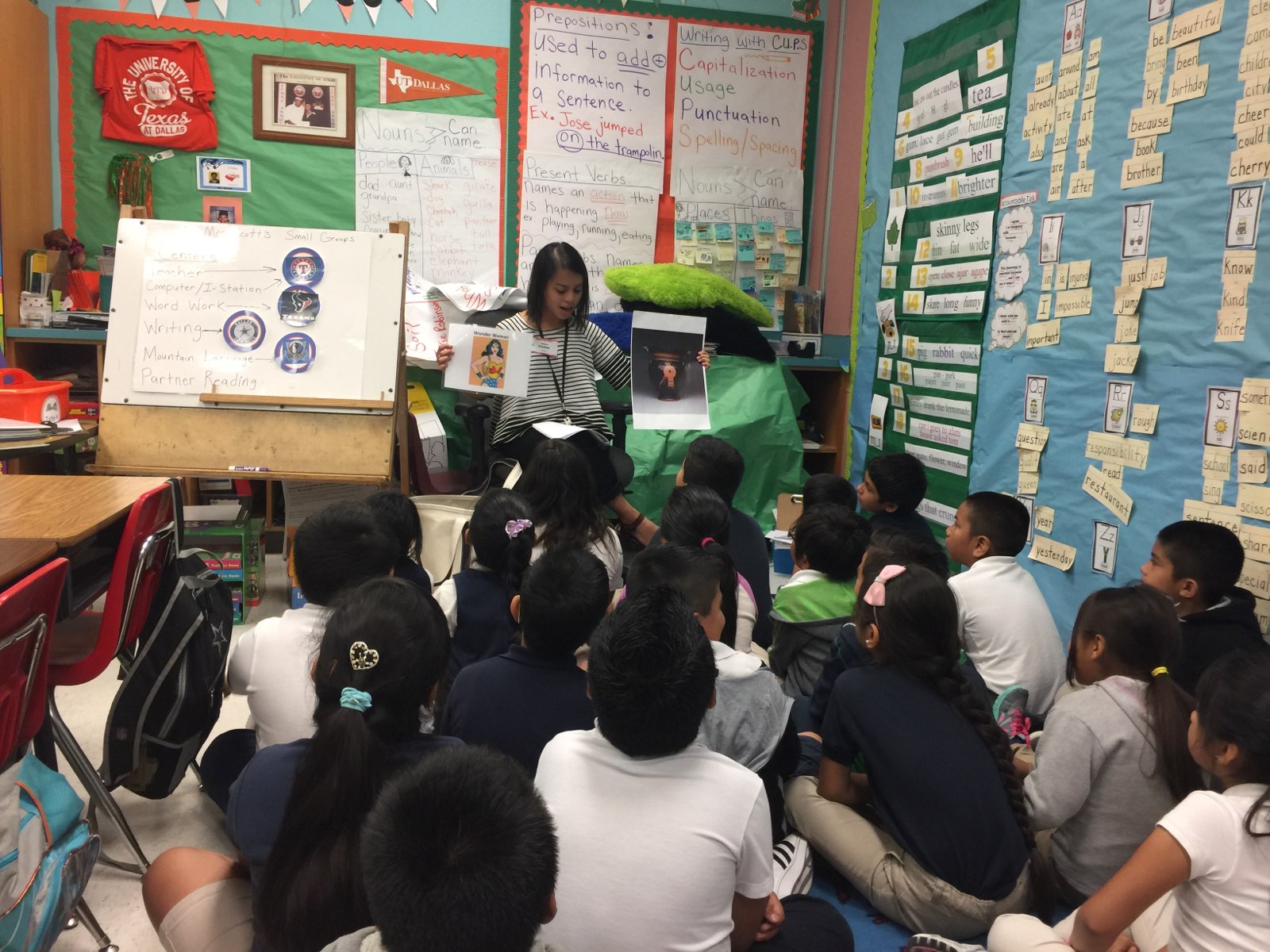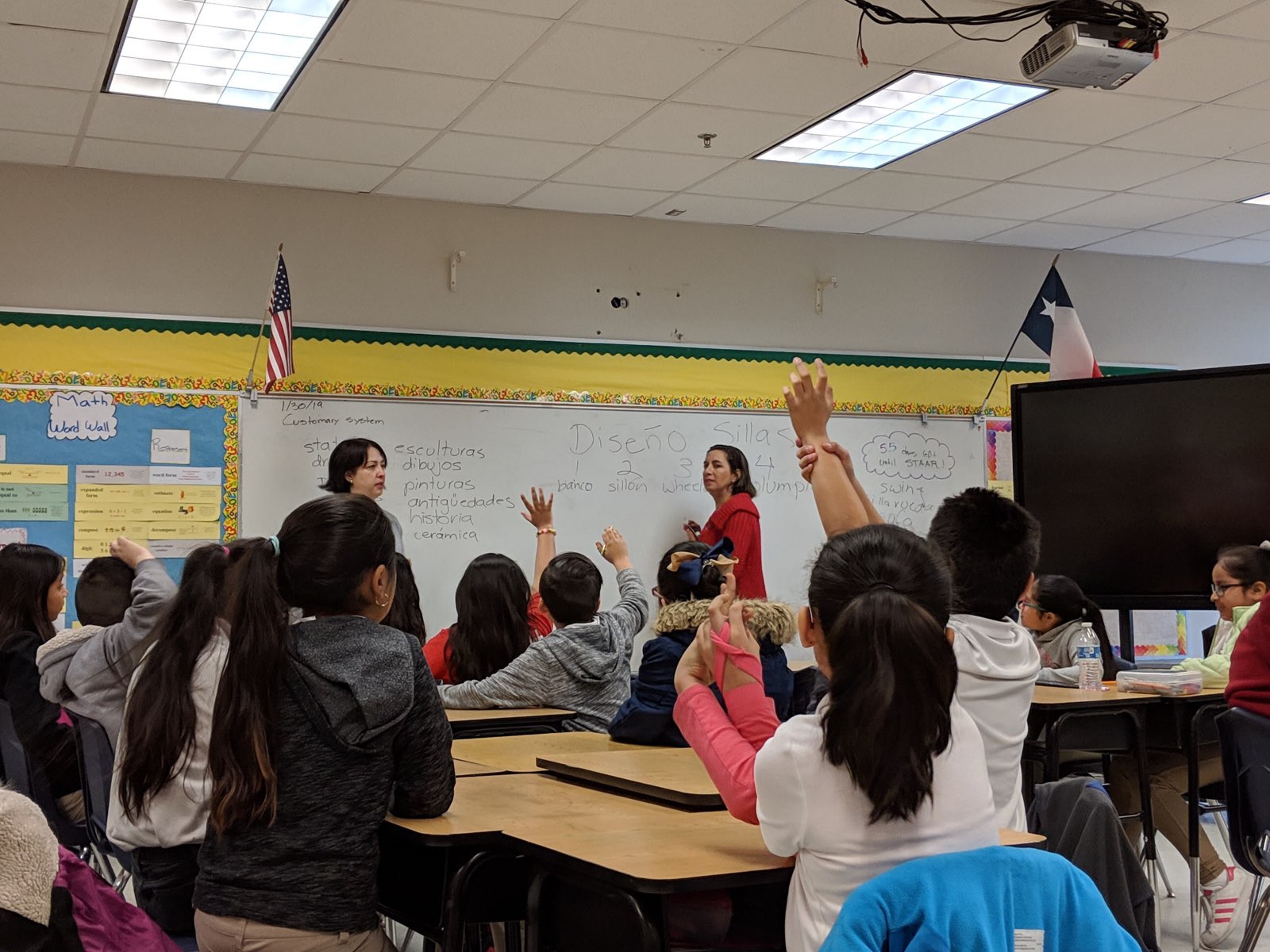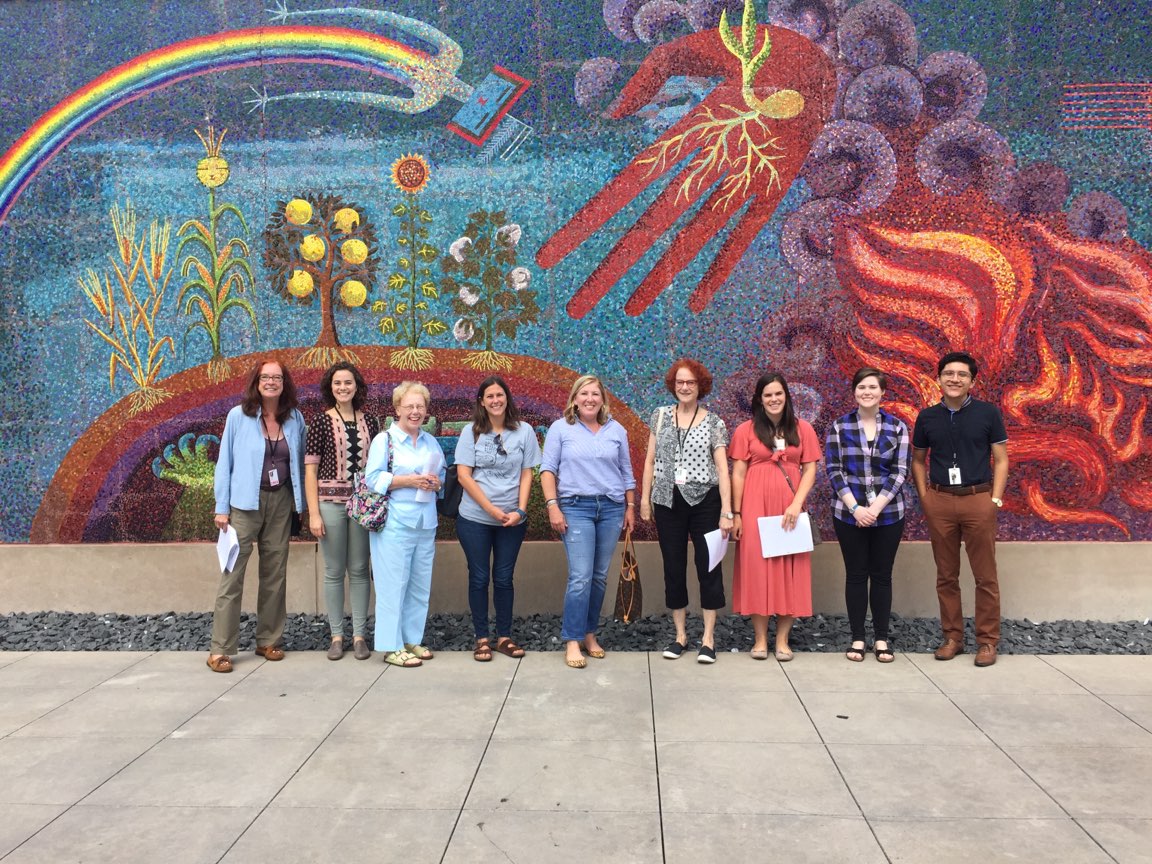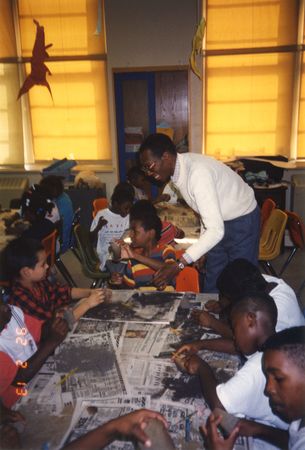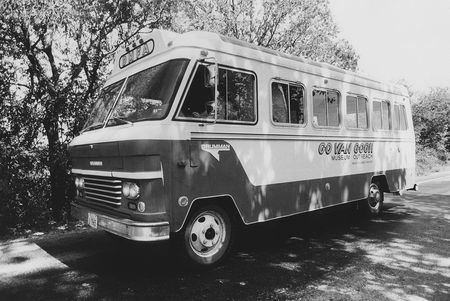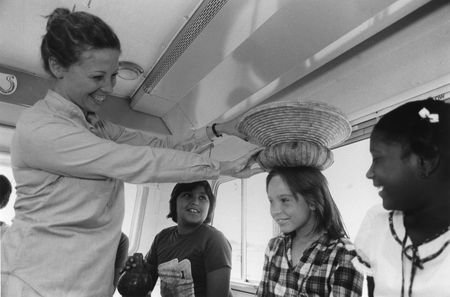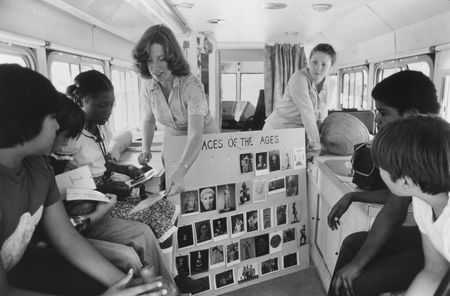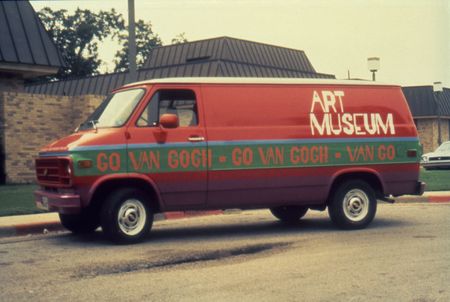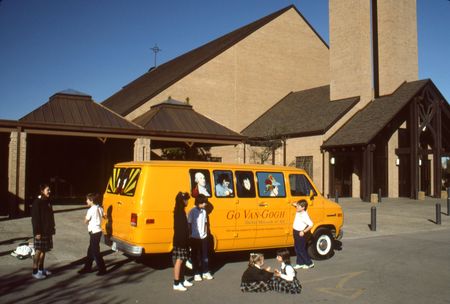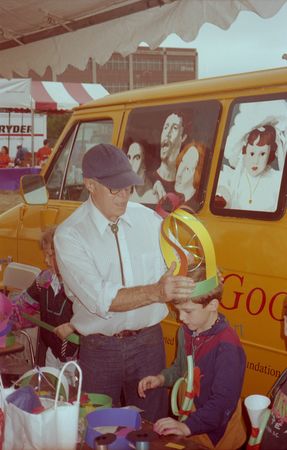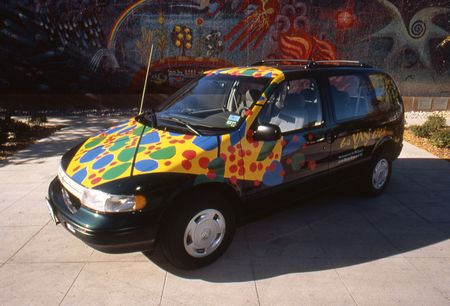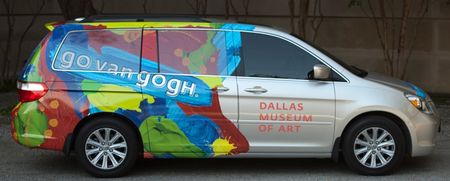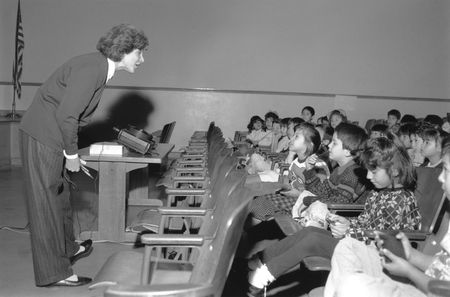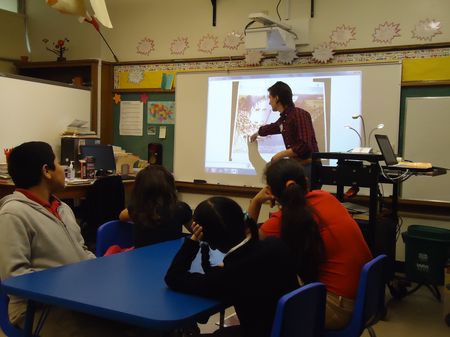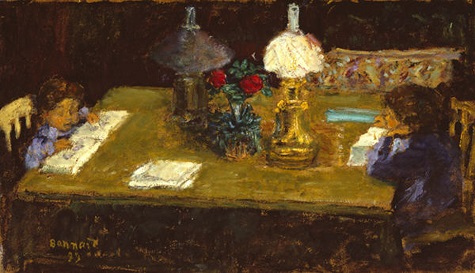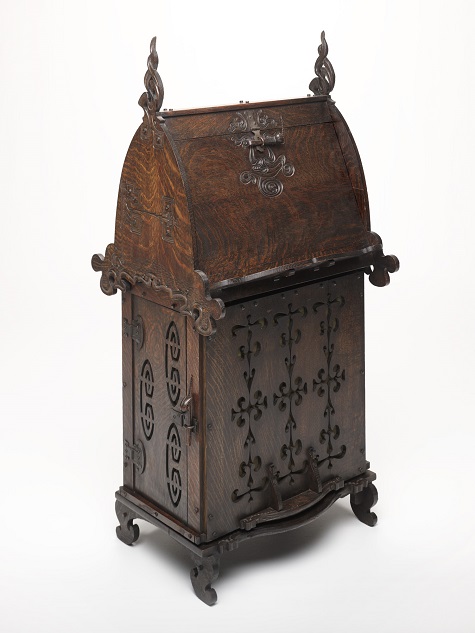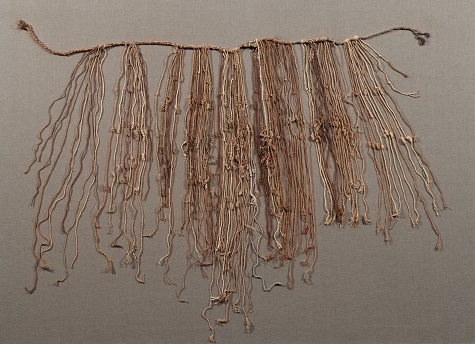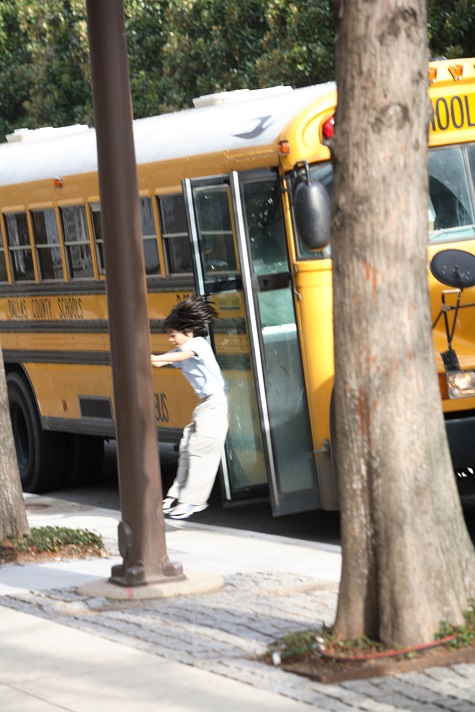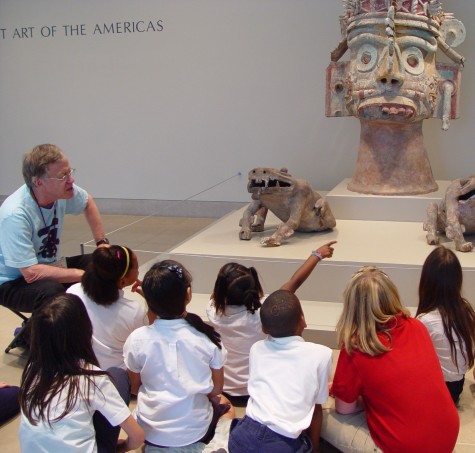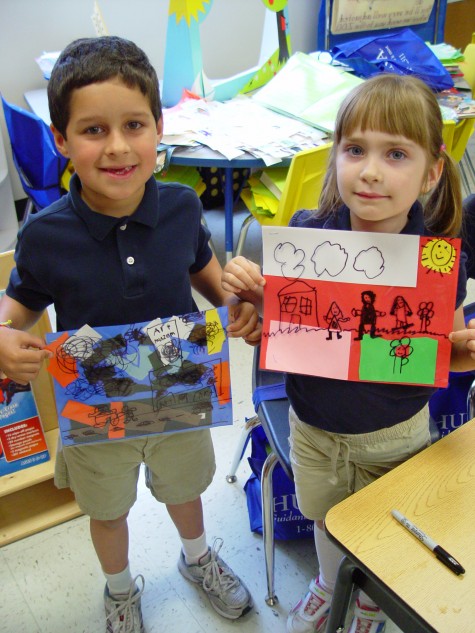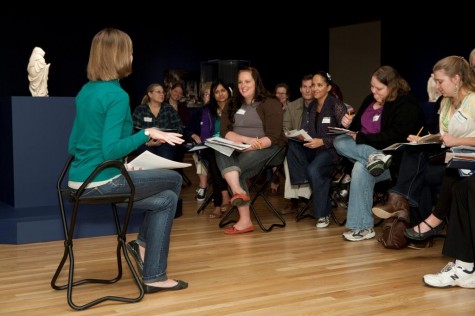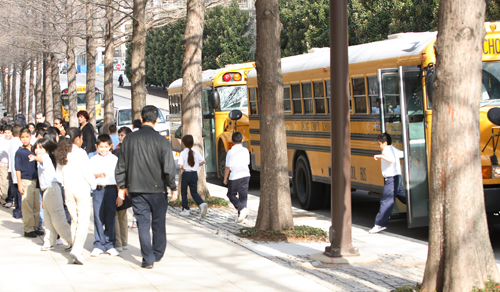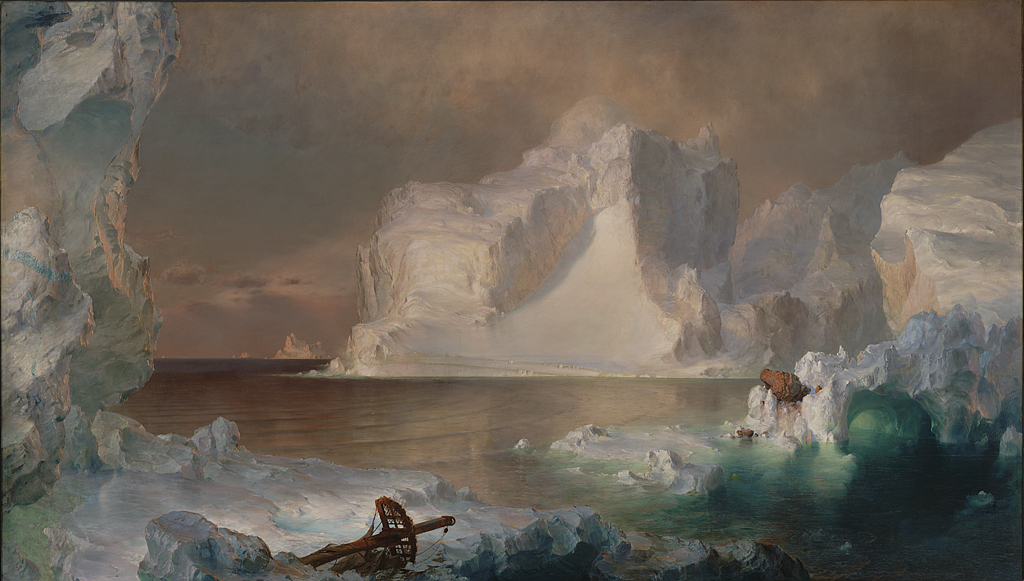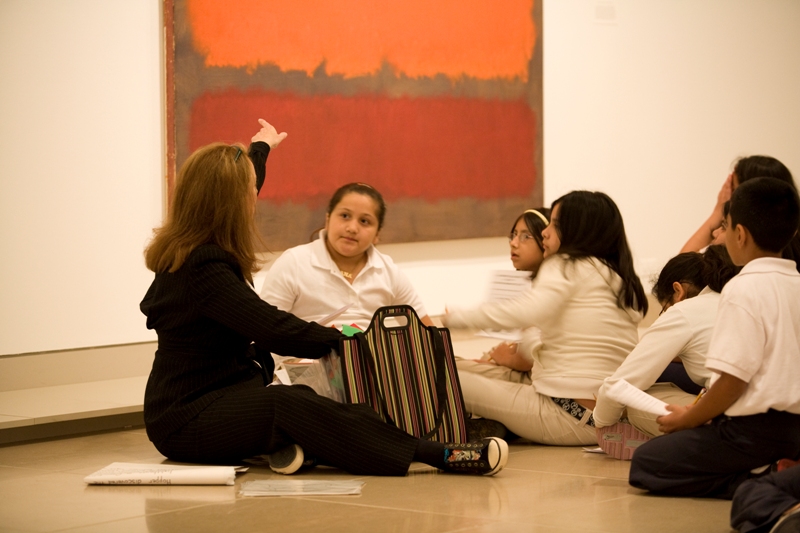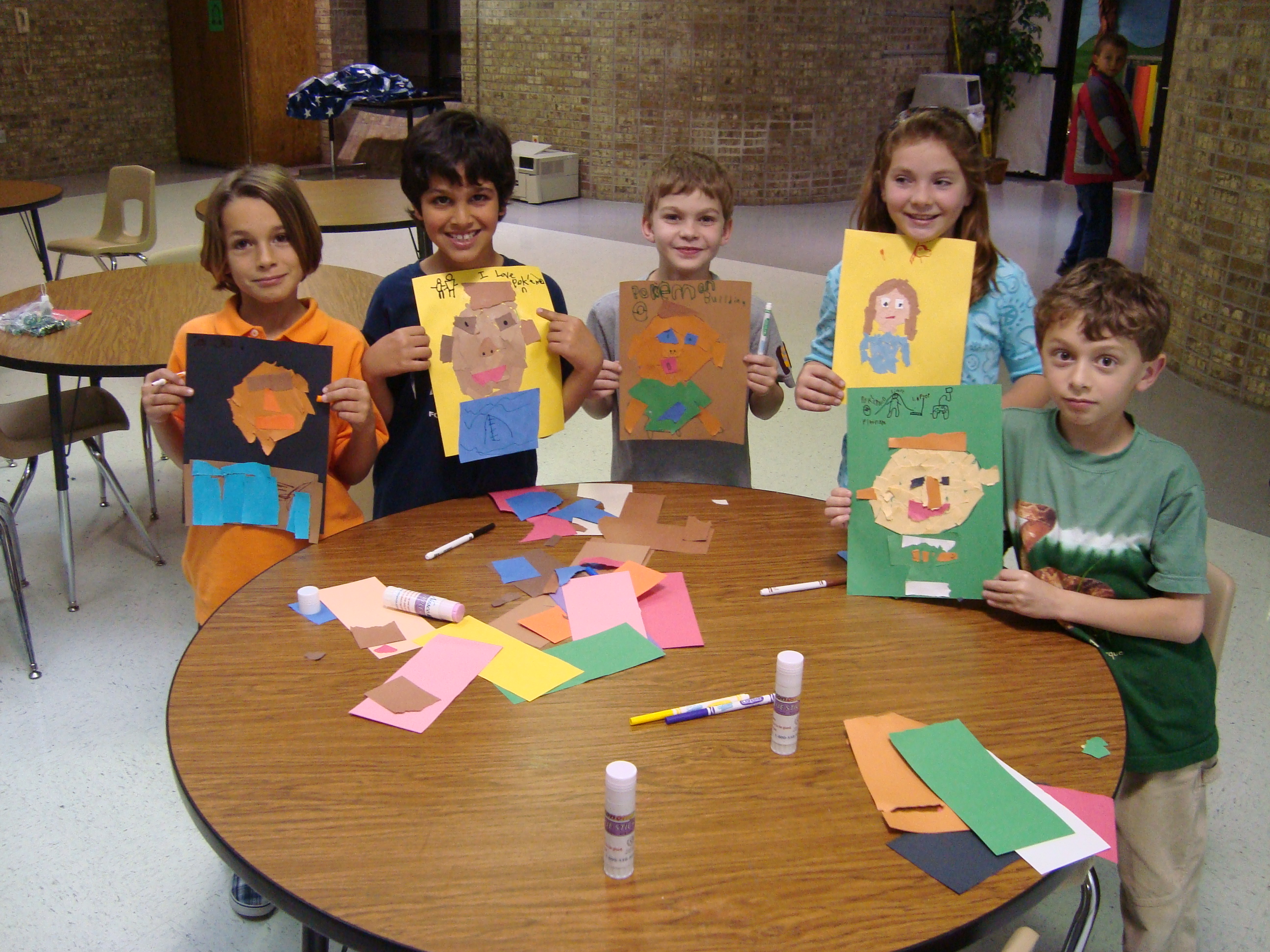For 40 years, Go van Gogh® programs have traveled to kindergarten through 6th grade classrooms throughout Dallas, bringing the DMA to students through art-making activities and interactive presentations of works from the Museum’s collection. Building on the program’s mission of expanding our outreach, and as a follow up to our recent Go van Gogh post, we are excited to preview our newest Go van Gogh offering—a program designed for bilingual classrooms!
Estampas de la Memoria is a one-hour outreach experience for Spanish-speaking elementary students. The program, which I developed with C3 Visiting Artist Karla Garcia, is facilitated in Spanish and is designed to activate students’ voices and experiences.
Students begin their journey with image theater activities that involve them as co-creators of content. These activities are designed to increase students’ comfort level in interpreting body language and facial expressions and preface a discussion of three retablos—artworks that serve as offerings of gratitude—from the Museum’s Latin American art collection. During the discussion, students also participate in a collaborative story-writing activity that allows them to develop their own interpretations in their language(s) of choice.
The final portion of the program consists of a printmaking activity designed to foster connections to students’ daily lives. The blocks student use to make their prints were created by Karla Garcia, whose own work explores concepts of memory and home as someone raised along the US-Mexico border.
Estampas de la Memoria was piloted with kindergarten through 5th grade classrooms this spring and will be offered as part of our suite of Go van Gogh programs during the 2019–2020 school year. Visit our website in August for booking information!
Si le interesa enseñar nuestro programa bilingüe, ¡considere ser un voluntario para Go van Gogh!
Bernardo Velez Rico is the Teaching Specialist for School Programs at the DMA.
